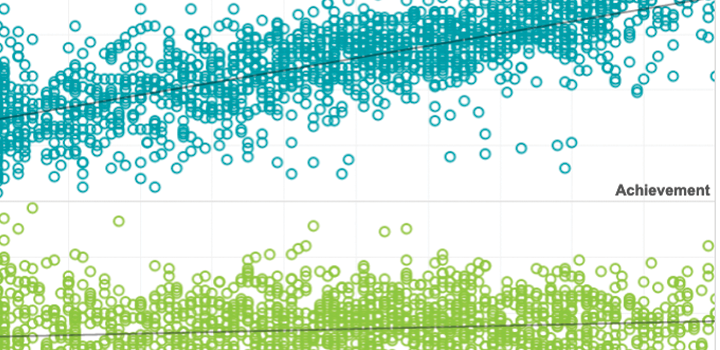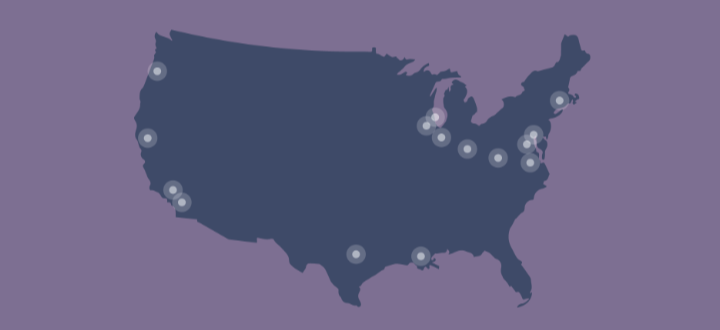Studying complex relations in multivariate datasets is a common task across the sciences. Graphical modeling is quite common in fields with wide data, that is, when there are more variables (p) than observations (n). Accordingly, many regularization-based approaches have been developed for those kinds of data. There are key drawbacks of regularization, including, but not limited to, the fact that obtaining a valid measure of parameter uncertainty is very (very) difficult (Bühlmann et al., 2014) and there can be an inflated false positive rate (see
for example, Donald R. Williams et al., 2019). Cognitive neuroscientists model brain connectivity with the goal of unearthing functional and structural associations between cortical regions (Ortiz et al., 2015). In clinical psychology, researchers wish to better understand the intricate web of symptom interrelations that underlie mental health disorders (Borsboom et al., 2011; McNally, 2016). To this end, graphical modeling has emerged as an oft-used tool in the chest of scientific inquiry. The basic idea is to characterize multivariate relations by learning the conditional dependence structure. The cortical regions or symptoms are nodes and the featured connections linking nodes are edges that graphically represent the conditional dependence structure.
Graphical modeling is quite common in fields with wide data, that is, when there are more variables (p) than observations (n). Accordingly, many regularization-based approaches have been developed for those kinds of data. There are key drawbacks of regularization, including, but not limited to, the fact that obtaining a valid measure of parameter uncertainty is very (very) difficult (Bühlmann et al., 2014) and there can be an inflated false positive rate (see for example, Donald R. Williams et al., 2019).
More recently, graphical modeling has emerged in psychology (Epskamp et al. 2018), where the data is typically long or low-dimensional (p < n; Donald R. Williams et al. (2019),
Donald R. Williams & Rast (2019)). The primary purpose of GGMnonreg is to provide methods that were specifically designed for low-dimensional data (e.g., those common in the
social-behavioral sciences).
See More







